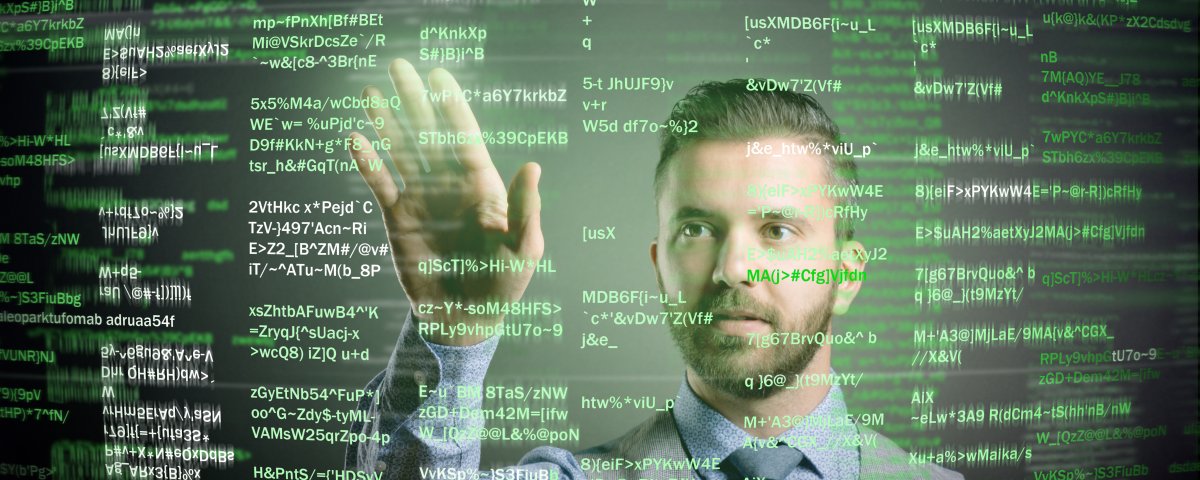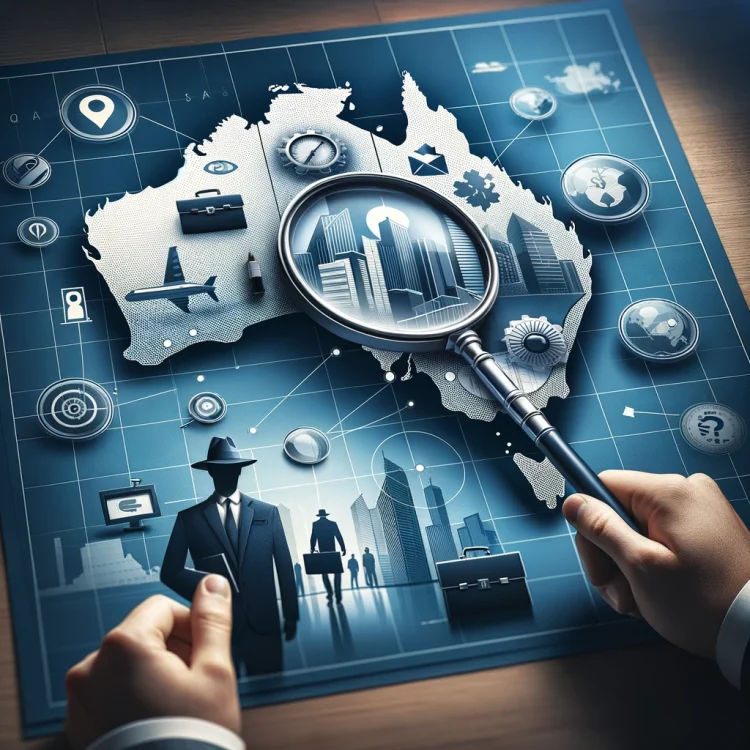Forensic Document Examination: Deciphering the Details
Forensic document examination is an intricate discipline within the field of forensic science. It plays a pivotal role in the judicial system by providing critical insights into documents that come under scrutiny. Here, we’ll explore the ins and outs of this specialised investigation and discuss its significance.
What is Forensic Document Examination?
At its core, forensic document examination is the scientific analysis of questioned documents, usually within the legal arena. Trained examiners assess these documents based on accepted expert codes and protocols, aiming to identify the origin and authenticity of the writing, signatures or printing.
The Importance of Forensic Document Examination
Unveiling Fraudulent Activities: In many legal cases, documents are the primary evidence. Whether it’s will disputes, contract breaches, or instances of identity theft, an investigation into the authenticity of documents can reveal deceit and fraud.
Serving Justice: Providing clarity on the validity of documents aids in serving justice, ensuring that innocent individuals are not ripped off and do not suffer unduly at the hands of forgers and fraudsters.
Key Techniques in Forensic Document Examination
- Ink Analysis: By examining the chemical composition of inks, experts can ascertain whether multiple types of ink are present on a single document — a potential sign of tampering.
- Microscopic Analysis: Using high-powered microscopes, examiners can identify minute details, such as indented writings or altered letters.
- Electrostatic Detection: Indented writings, even if not visible to the naked eye, can be detected using Electrostatic Detection Devices (EDD). This technique can reveal hidden impressions on the document that might reveal deceit.
- Light Techniques: Implementing ultraviolet or infrared light can highlight faded or obscured writings, providing a clearer view of the original text.
Challenges Faced in Forensic Document Examination
With the evolution of technology, forging documents has become increasingly sophisticated. Printers and computers can produce high-quality forgeries that challenge even the most experienced examiners. It’s crucial for professionals in the field to continually update their skills and techniques to stay ahead of these advanced fraudulent methods.
A Glimpse into a Forensic Document Examiner’s Day
A day in the life of a forensic document examiner is filled with meticulous observations and detailed analyses. They may start by examining a questioned will, move on to verify signatures on a business contract, and end the day trying to uncover alterations in a handwritten note. Every case is unique, demanding sharp attention to detail and a thorough understanding of the science behind the process.
How to Pursue a Career in Forensic Document Examination
If the world of forensic document examination intrigues you, here’s a roadmap to kickstart your career:
- Education: Begin with a bachelor’s degree in forensic science, chemistry, or a related field.
- Training: Pursue specialised training in document examination. This might include courses on handwriting analysis, ink differentiation, and more.
- Certification: Consider obtaining certification from recognised bodies, which can enhance your credibility and open up more career opportunities.
- Practical Experience: Join a forensic lab or investigative agency to gain hands-on experience and refine your skills.
The Future of Forensic Document Examination
With the increasing reliance on digital documentation, the future of forensic document examination is bound to evolve. While physical documents will always hold significance, the integration of digital forensics into the examination process is inevitable. This union of traditional methods and modern technology promises a more comprehensive approach to document analysis in the future.
Engaging in forensic document examination is akin to solving puzzles. Each document tells a story, and it’s up to the examiner to piece together the narrative, ensuring truth and justice prevail.


